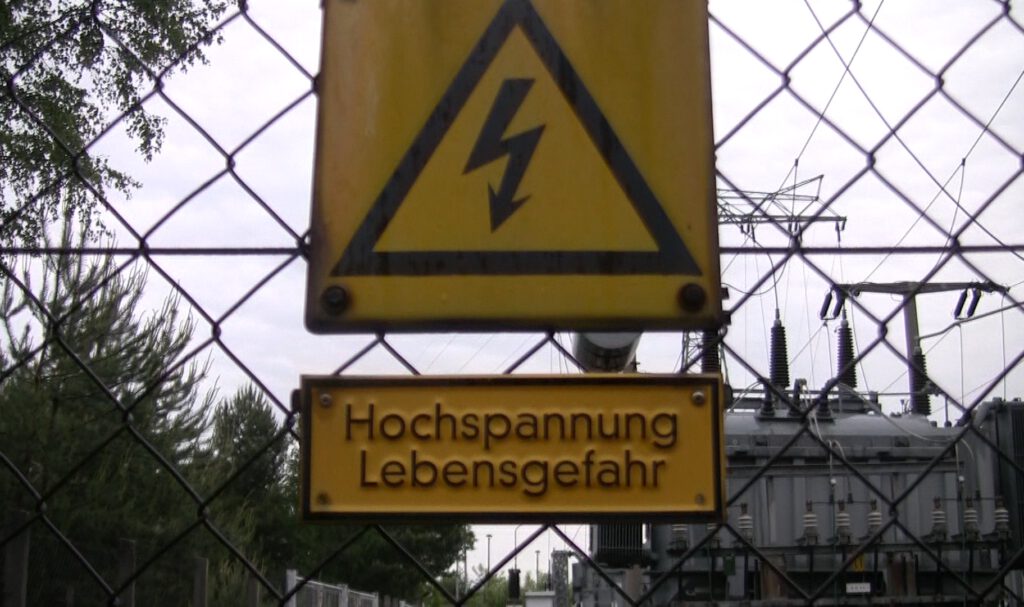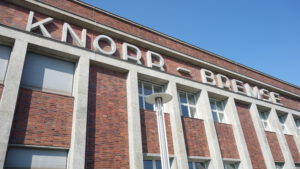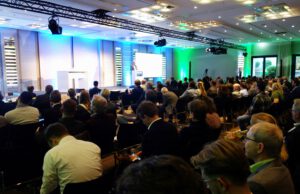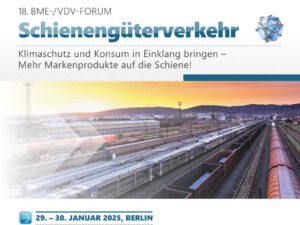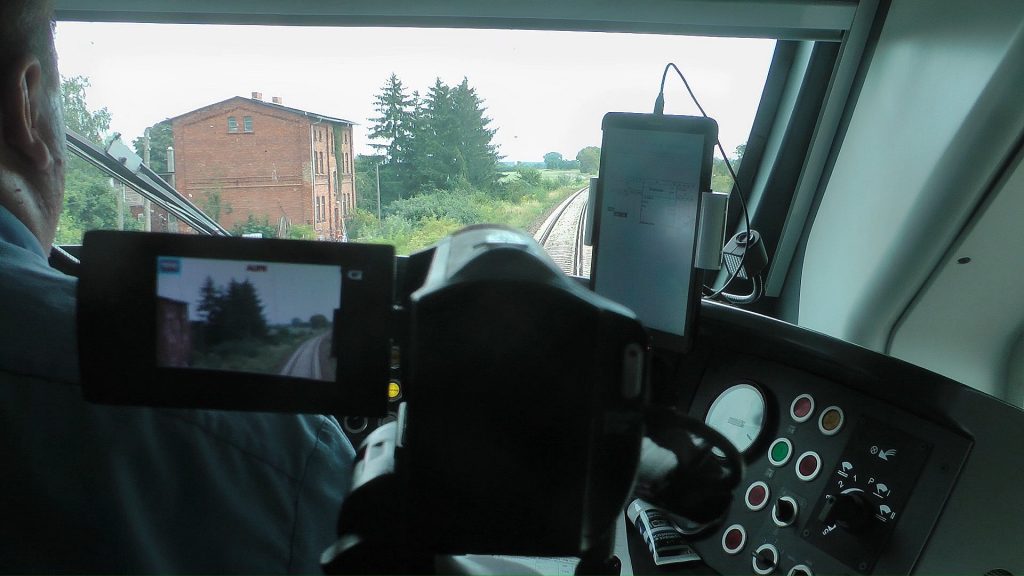The trigger was the report from the traction current network operator DB Energie that maintenance work in various power plants and a subsequent power plant failure led to an undersupply of the electricity network. This was announced by the network of European railways NEE. According to the NEE, the freight railways were understandably surprised by the intervention in the planned traffic. It calls for an independent verification of this information. If it is true that freight traffic was stopped unilaterally, NEE would ask the Federal Network Agency to intervene.
The Deutsche Verkehrs-Zeitung DVZ, published by the renowned DVV-Verlag, supports the NEE’s account. It said on March 23: “DB Netz AG largely stopped rail freight traffic nationwide on Wednesday morning. In numerous districts, the trains are to be “held back at suitable operating points”, quoted the DVZ sister publication “Rail Business” in its newsletter from an internal communication from DB Netz. The reason given is the “undersupply of DB Netz AG’s traction current network by DB Energie”. In the meantime, however, freight traffic is starting up again. The north, the north-south corridor between Hanover and Frankfurt/Würzburg, the Moselle route and Bavaria were affected. There is no warning for North Rhine-Westphalia, Baden-Württemberg or the eastern federal states.”
Peter Westenberger, Managing Director of NEE, was outraged: “If the DB had only stopped freight traffic completely, that would be an absolute novelty. We will involve the Federal Network Agency to work through this and definitely prevent a repetition.
Freight transport is not the appendix of the railway industry, it is systemically relevant for the industrial nation and supplying the population.
Today, large parts of our traffic have similar punctuality requirements as passenger traffic. Our industrial customers have no sympathy for delays of several hours.” Especially in combined transport, problems with the availability of the rail network have long destroyed the laboriously planned rotations of the trains and personnel planning. In some cases, these problems would have repercussions for weeks, emphasized Westenberger: “It must not extend to the power supply. Rail freight transport must be reliable and cannot tolerate any further hardships on the part of the infrastructure managers, otherwise customers will turn away and the load will go onto the roads. One way or another, DB must ensure that the damage caused to those affected is settled quickly.”
NEE also tries to explain the background of this extraordinary situation. In contrast to the public network, the network frequency in the traction power network is 16 2/3 Hz. It must be secured within narrow tolerances by the network control center of DB Energie. DB Energie is the infrastructure company of Deutsche Bahn that ensures the supply of the railway infrastructure with traction current. To do this, demand and feed-in must be continuously regulated.
The NEE goes on to explain: “In the extremely rare cases in which part of the feed-in (power plant, converter) fails, consumption must be reduced accordingly for the three types of transport – long-distance, local and freight transport”. So if trains have to be on the siding for several hours, this must affect all train types and not just one-sided freight traffic. The NEE: “Of course there are also transports that can be postponed somewhat in the event of an acute power shortage. However, DB Energie’s emergency planning must be differentiated. With the control of the energy-intensive start-up and acceleration processes, the maximum speed, especially for ICE trains, driving recommendations, the weakening and cancellation of trains with low capacity utilization or the postponement of empty runs, instruments are available to limit the effects of such an incident.”
hfs/ne/dv


